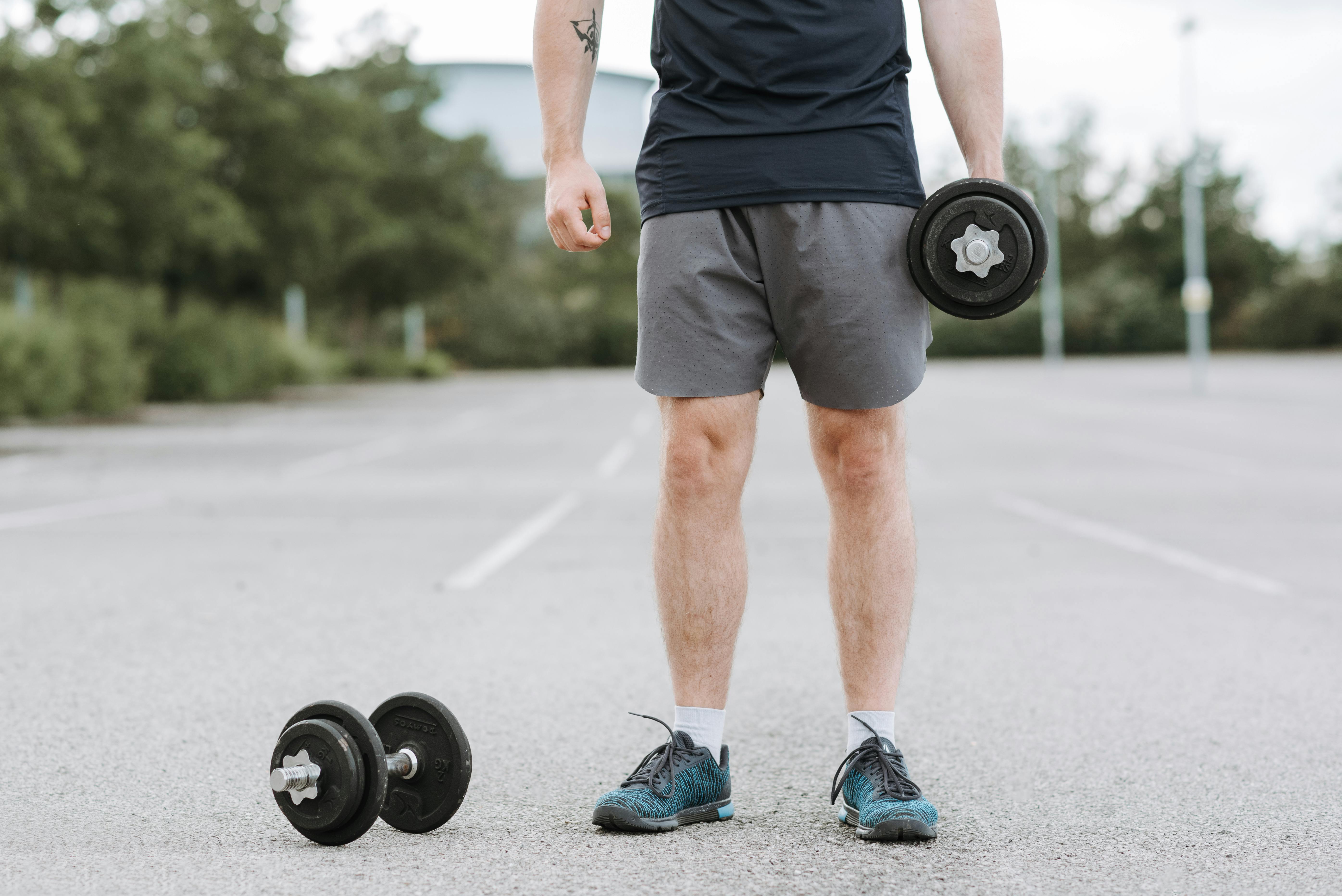High-intensity interval training includes cycles of high-intensity physical activity spaced with recovery periods. These workouts are generally short, mainly due to the strain they put on the body. Almost any physical exercise can be used, from walking to lifting weights. High-intensity interval training needs to start with a warm-up and end with a cool-down. Aside from warming up and cooling down, there are no precise guidelines on how to perform high-intensity interval training, but it’s considered that you should aim for about half a dozen cycles of intensive action and recovery intervals. Rest intervals and work periods can be modified according to your individual experience.
The technique of high-intensity interval training is a lot like Fartlek training, which combines the Swedish words fart (speed) and lek (game). Among fitness enthusiasts and athletes, high-intensity interval training is definitely a highly appreciated and highly effective form of exercise.
Positive aspects
It is more doable in a short period of time than other types of exercises, which makes it suitable for those who have demanding occupations. High-intensity interval training is used by a large number of gym-goers due to its exceptional abilities to use excess calories and therefore reduce weight. This is achieved by an increase in the resting metabolic rate (RMR). For professional athletes it is used as a conditioning technique. This method can also be used to maximize the performance of those who are already very well trained and improvements may be difficult to achieve. This training method has also been shown to improve insulin action in healthy young men. In addition to its ability to increase fat burning, this could be a solution to reduce the likelihood of people suffering from diabetes problems.
things to consider
Don’t assume that all scientists fully agree that intense interval training produces better results than typical physical exercise. Since countless fitness instructors and professionals are marketing this concept, studies showing unfavorable end results don’t get as much exposure, making the coverage a bit one-sided. While its level of popularity is widespread, non-exercisers may choose to engage in high-intensity interval training due to the appeal of having the ability to lose excess weight and get fit in a short period of time. weather. If high-intensity interval training is not done correctly, it can lead to many injuries. There’s also a risk that men and women who aren’t used to regular exercise are likely to put extreme strain on their own hearts.
